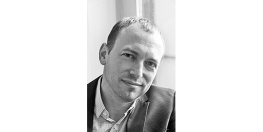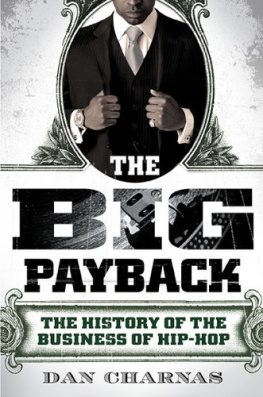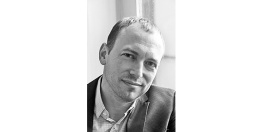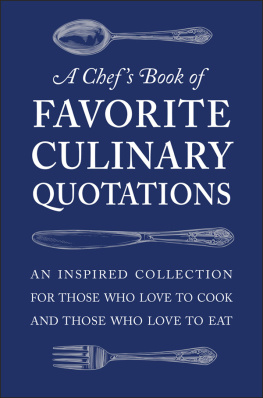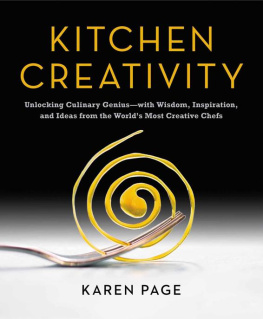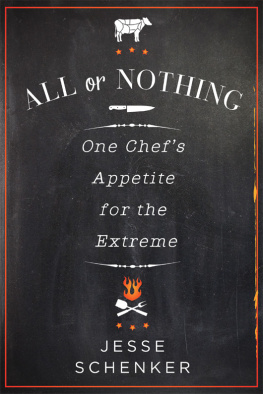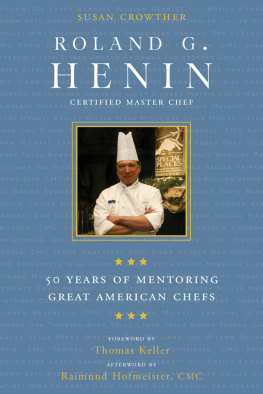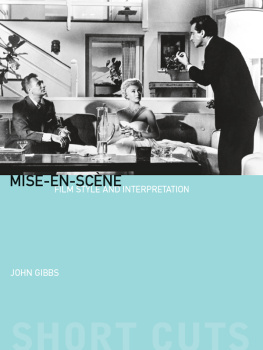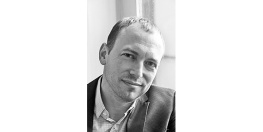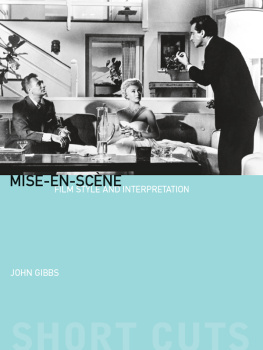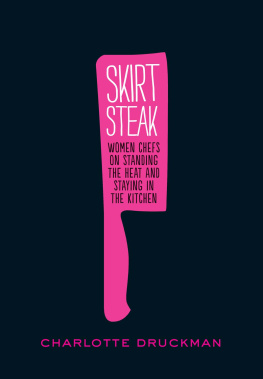
Mention of specific companies, organizations, or authorities in this book does not imply endorsement by the author or publisher, nor does mention of specific companies, organizations, or authorities imply that they endorse this book, its author, or the publisher.
Internet addresses and telephone numbers given in this book were accurate at the time it went to press.
2016 by Dan Charnas
All rights reserved. No part of this publication may be reproduced or transmitted in any form or by any means, electronic or mechanical, including photocopying, recording, or any other information storage and retrieval system, without the written permission of the publisher.
Illustrations by Christina Gaugler
Book design by Christina Gaugler
Library of Congress Cataloging-in-Publication Data is on file with the publisher.
ISBN 9781623365929hardcover
ISBN 9781623368142paperback
ISBN 9781623365936e-book

We inspire and enable people to improve their lives and the world around them.
rodalewellness.com
For Wendy & Isaac.
My right place is where you are.
My sincerest desire is that you exhaust all the strength and the effort of your lives... and every moment of every day into your practice.
DOGEN
CONTENTS
A NOTE FROM THE AUTHOR
Imagine if, early in our schooling or career, we learned a system to organize ourselves and manage our work. We could carry this system with us no matter where we worked or what we did for a livingbe we contractor or teacher, salesperson or doctor. And with this system we would have a code to guide our conduct; techniques to help us channel our energies, thoughts, and emotions productively; and the means to get through a tough workload and deliver with excellence.
Bits of that philosophy live in many professions and corporate cultures. Pieces of that system exist in any number of organizational methods.
But only one profession has developed a refined philosophy and comprehensive system of how to work. That profession is the culinary arts, and that philosophy and system is called mise-en-place.
Its a French phrase translating as put in place. In the kitchen mise-en-place means to gather and arrange the ingredients and tools needed for cooking. But for many culinary professionals, the phrase connotes something deeper. Mise-en-place is a tradition of focus and discipline, a method of working and being. Many cooks call it a way of life.
What makes the professional kitchens system so special? Over the past 2 centuries, chefs and cooks all over the world developed an informal regimen of values and behaviors in response to the unique demands and constraints of those kitchens. Because of those singular circumstances, chefs and cooks created an approach to work that has no equivalent.
What makes that approach applicable outside the kitchen? What wisdom could a chef impart, for example, to a lawyer, when those two jobs are so different? The simple answer is that lawyers werent forced to create that system. Chefs were. And the values and behaviors that spring from that chefly system arent about cooking, but about achieving excellence. So many of us have convinced ourselves that because we are busy, we are working to the fullest extent of our abilities. But chefs know that there is a big difference between working hard and working clean.
That mise-en-place might be useful outside the kitchen, and that the chefs philosophy of working might be as nourishing to our minds as the chefs food is to our bodiesthose ideas are why this book exists.

This book teaches the lessons of mise-en-place in three courses. The first section, The Power of Working Clean, takes us straight to an exceptional kitchen where well spend a day discovering how mise-en-place works and how it helps its practitioners focus amid chaos. Then well spend a very different kind of day in an office, showing how we work without mise-en-place and how we often suffer for it. Well see that mise-en-place applies to the office despite its differences from the kitchen. And well learn the three universal values of working clean: preparation, process, and presence.
The second course, The Ingredients of Working Clean, breaks mise-en-place into 10 distinct behaviors, each its own chapter. Each of the 10 chapters begins with a story, taking us into the life of a chef and how he or she learned that behavior. We then look at what chefs do and know that we might not. Then we suggest exercises and habits to integrate that behavior into our work lives outside the kitchen.
The third course, Working Clean as a Way of Life, converts those ingredients into a recipe for regular use. First, we reshape the values and behaviors of mise-en-place to fit our lives outside the kitchen and lay out the Work Clean system for organizing our workflow. Then well walk together through an ideal day of working clean, which weaves all the values and behaviors weve learned into an average workday and includes the books most important recommendation: developing a regular practice of planning, a 30-minute Daily Meeze.
Working clean can transform your life, and this book gives you many useful ways to do just that.
As the global economy changes, our personal career trajectories become more like those of culinariansnonlinear, itinerant, with plenty of false starts and surprises, successes and failures. Restaurants open and restaurants close, but because of mise-en-place, chefs and cooks bend where we might tend to break. A personal mise-en-place imparts a kind of learned resiliency that, if you practice it, can travel with you from workplace to workplace, from opportunity to opportunity. Mise-en-place can provide comfort as we move through those spaces because we understand that the responsibility for our success lies in our self-direction. Any door we walk through, we carry our own mise-en-place with us.

Some additional notes about the writing of Work Clean:
I am a journalist, not a chef. I have never worked in a professional kitchen. I became intrigued by mise-en-place not because I was interested in cooking, but because, as an outsider, I saw in that system something beautiful and elegant that transcended kitchen work. Thus I approached this project in three ways. First, as a reporter, I have used the tools of my profession, interviewing more than 100 people from the culinary world, including chefs, line cooks, students, instructors, and restaurateurs, spending many months observing the kitchens in which they work. Second, as an executive and manager, I bring a career of experiences working in corporate, academic, and start-up environments; and I carry a professional history of both successes and instructive failures. Third, as a college professor and as a 2-decade-long teacher of a spiritual discipline, yoga, I recognize in the chef a kindred mission to educate, and I see many commonalities between the chefs philosophy, mise-en-place, and other spiritual traditions.

